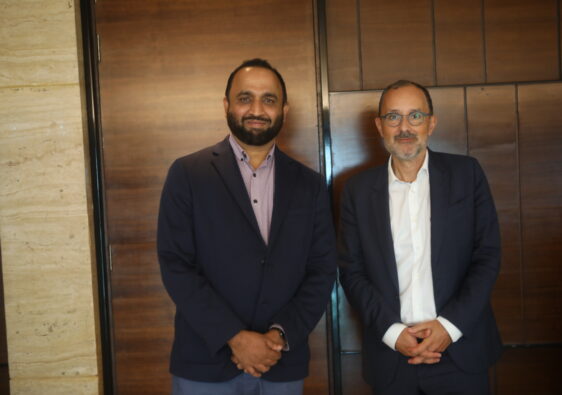The COVID-19 pandemic has been an unprecedented test of individual and business resilience, unparalleled in scale. More than 185 countries have reported cases of COVID-19. As on April 10, 2020, almost 1,602,885 COVID-19 cases have been reported worldwide with a death toll of over 95,745. Over 355,514 have recovered. Whether it be early community, or widespread, rampant transmission, the COVID-19 has tested everyone operated at the forefront of battling this pandemic. How can the powerful concepts from John Boyd do to help enterprises be ready for the post-COVID world?
The pandemic and the ensuing lockdown have irreversibly altered consumer behaviours, supply chains and organizations.

In a homebound economy, consumer’s brand affinity is bound to change, with more focus and emphasis, than ever before, laid by consumers on price vs value relationship. The pandemic has also led to demographic cohorts getting more homogenized. The challenge for B2C players will be to see how they could attract consumers back to retail stores. Barring grocery, other verticals have a significant challenge in front of them. There will be also renewed focus on sustainability and buying local produce.
Enterprises will have to relook at their supply chain carefully, and aim at de-risking their operations. Over-dependency on China alone will leave enterprises vulnerable in the future pandemics. The focus of enterprises will be on quantifying the supply chain risks, and leveraging technology across the supply chain. Instead of focusing on keeping costs ‘low’, the goal will be on ‘on-time efficiencies’.
The future of work will revolve around work-from-home, with more agility built into the enterprise DNA. There will be a shift from continuous monitoring to focusing on metrics and outcomes. The enterprise strategy will be to focus on decentralized decision-making, with thrust on agility and orientations towards test and learn.
Going forward, enterprises will make a strategic shift from hindsight to foresight in dealing with business uncertainties, and proactively staying ahead of the curve. In a post-pandemic era, enterprises would need to decode the environment, deliberate strategically, act decisively with agility at the core of decision-making.
In the early 1950s, a young US Air Force fighter pilot, John Boyd, had a peculiar challenge to his peers. He would fly his F16 from a position of disadvantage and catch-up with his peers within forty seconds, or he would shell out $40. He earned a strong reputation with his ability to win all flying contests within 40 seconds, earning a new nickname ’40 Second’ Boyd.
In the 1970s, Boyd leveraged his intellect to develop a new framework for driving competitive advantage by acting swiftly to out-manoeuvre rivals, with the OODA Loop:
When he developed the powerful OODA Loop, Boyd would not have known that his powerful concept would hold relevance in the midst of a global pandemic. Boyd’s fundamental ideas on how people and organizations behave when in conflict with each other provide vital cues on how to prepare for a post-Virus world.
“What Is the Aim or Purpose of Strategy? To improve our ability to shape and adapt to unfolding circumstances, so that we (as individuals or as groups or as a culture or as a nation-state) can survive on our own terms.”—John Boyd
As per Boyd, for a winning organization, there are four key qualities that are pre-requisite to make the OODA Loop work:
Fingerspitzengefühl ( “Intuitive Skill-sets”)
In a uncertain business environment, enterprises must focus on enabling professionals to focus on their core talents, and provide them avenues to develop their skill-sets. This, in turn, would enable them to be prepared, and react to new situations on their own, doing away with the need to wait for directions from above.
Einheit (“Mutual Trust and Unity”)
Enterprises must also focus on fostering mutual trust and unity by participation in common experiences, such as Zoom Video Calls, enabling them to relate to each other and foster a united feeling of “we’re all in this together.”
Auftragstaktik (“Strategic Mission”)
Instead of micromanagement, winning organizations would focus on defining broad goals involving leaders and their sub-ordinates in what is termed as “leadership by contract”. This unwritten contract intends to get the subordinate to deliver on what they promised to do, while the leader has to ensure on the resources required for subordinates to win.
Schwerpunkt “Focus and Direction”)
Winning organizations also develop a common zeal, focus and direction. They would get all their professionals behind a single unifying medium that provides a directed way to keep the global picture, but act locally.
A mix of all the four attributes provides a basis for building organizational agility and the ability to swiftly adapt to rapidly changing business environments. The hallmark of such winning organizations would include creativity, flexibility and diversity, among others.
In essence, to win in a post-pandemic world, organizations must embrace the principles and concepts of John Boyd to prevail over the uncertainties in the external business environment.




